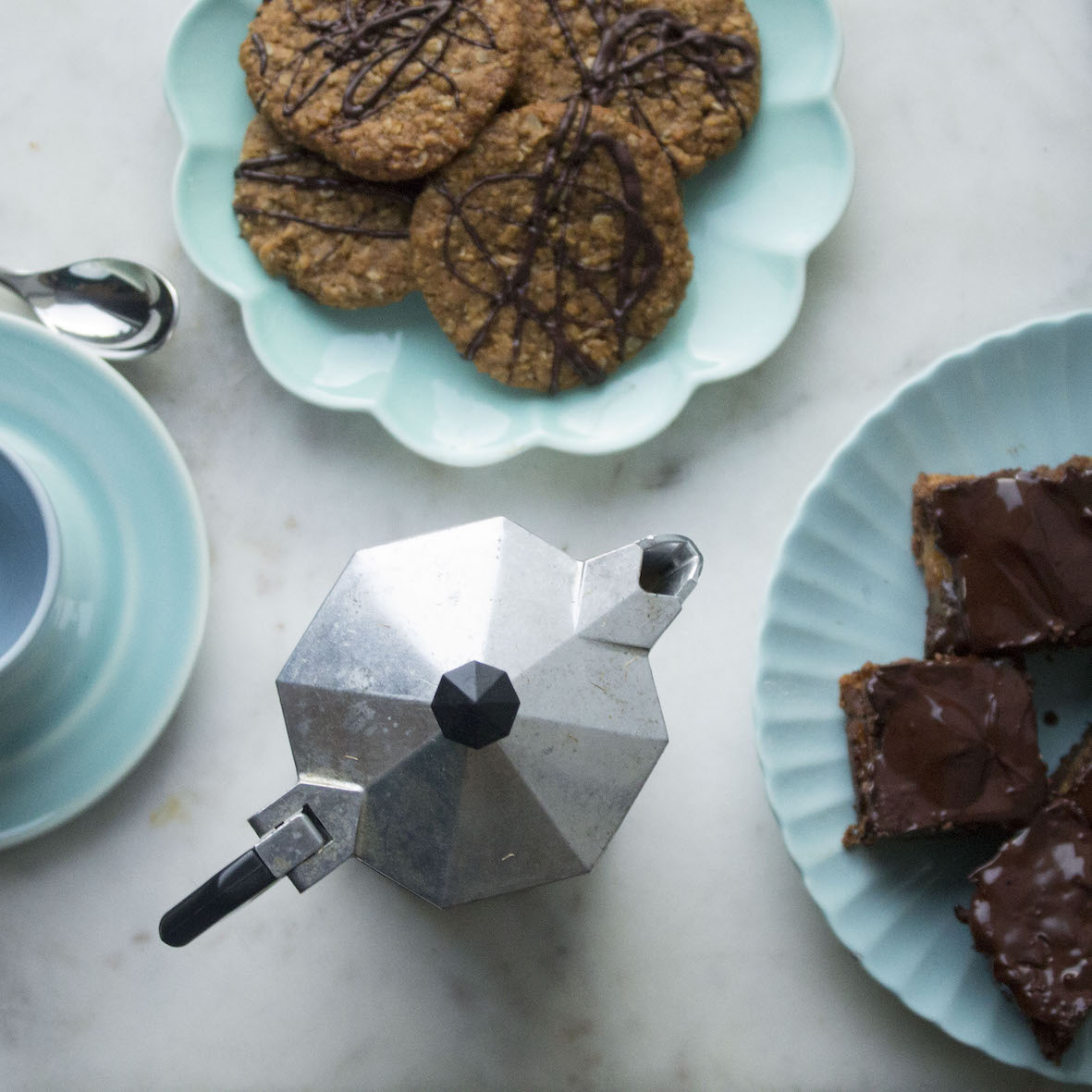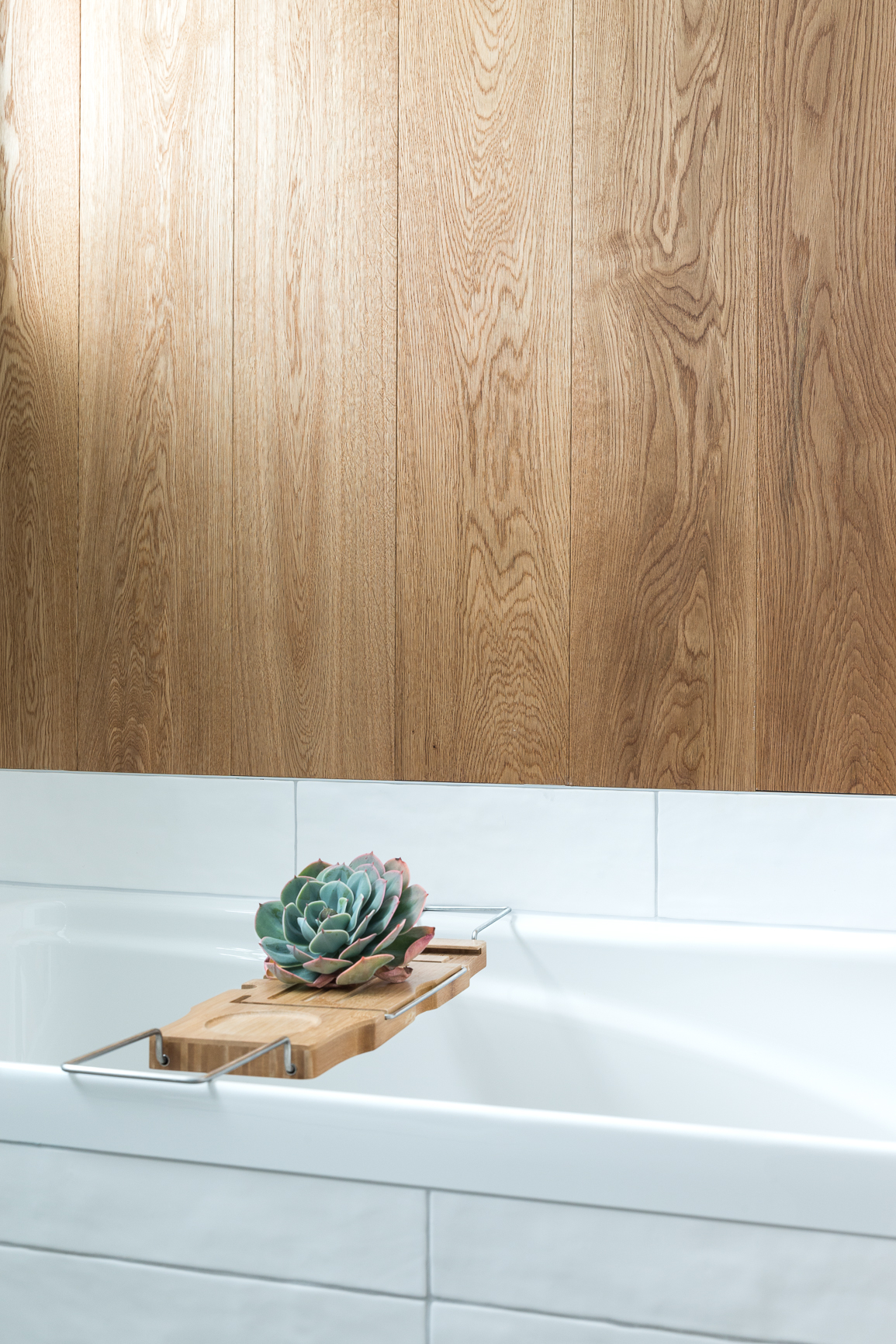Rituals
Rituals have a strong influence on the shape of Architecture. Whether on a large public scale, for the family unit, or for the individual - Architecture has always evolved around our traditions and rituals that express our fundamental needs, beliefs and values. When it comes to your designing your new residential home, it is good to think about specific rituals that shape your family life, that enable you to connect or recharge as individuals.
Food
Gathering together around the family table can be a key part of encouraging getting family and friends together, sharing a meal and talking brings people together. Not only sustaining the body, it sustains our relationships and our connections to each other.
The preparation of the meal can often be seen as a ritual or ceremony, some like to share this process with family and friends, while others prefer to keep some of the clutter concealed.
The way we arrange our cooking and dining spaces shapes this key social connection experience within the home - making it more or less likely that we retain a ritual that research has shown is key to the human experience of connection particularly for kids. We find it is important to our clients not to design these spaces as 'stages' but to design them so the connection with each other is placed high on the level of priority and is central to the arrangement of the home. In many of our projects, all 'paths' lead to the table so we can gather together ... and connect.
Bathing
The ritual of bathing has many ways to be celebrated beyond the fixtures and fittings list. The experience of water, steam, light, privacy and stimulation of the immediate senses of sound, smell, and the feel of water against the skin and the floor against bare feet, has to make this room one of the most sensual experiences of architecture that we each connect with as individuals at all ages. There are so many opportunities to celebrate the rituals around bathing beyond the functional, thinking about what matters to you is an opportunity to look at invigorating these spaces so they connect with your senses.
Rest / Recharge
Different personalities require different types of recharge time. For some you may find that private space, whether a nook, a window seat for coffee or a completely separate room are necessary for quiet time, others find spaces that encourage social connection recharge them. Having spaces to retreat to can be important to weave into the plan arrangements, often these do not need to be large, but are defined by their ability to allow you to retreat into them and slow down. Subtle cues of texture, height and light can inspire and encourage you to be drawn to these spaces.
Bedrooms have different meanings to different ages - and even different locations - for young kids their bedrooms are often about play, creativity, ability to connect with friends (cue easy ways to store lego and toys). For adults these can be a calm sanctuary for rest and/or they they can be sensually energising. For baches (holiday homes) it may simply be about storing your bag and crashing into bed at the end of a long day of fresh air and exercise. Consider what the function and rituals of the bedrooms are to you and your family. Traditionally orientated towards the east to catch the morning light, this is not just about the 'interior design' this is about the way these spaces catch the light at the time of day, and the view they are orientated towards.
Celebration and ceremony.
Architecture and rituals of celebration or ceremony have a long and beautiful history (think churches, mosques, altars, castles etc). There are so many ways that architecture can use texture, volume, light and acoustics to create atmosphere that inspires or evokes certain celebration emotions. Within residential architecture historically the 'hearth' of the home was the fireplace which sustained warmth, cooking, family gatherings - these have a more intimate ritual feel to them. Grander celebrations of entry arrival rooms and impressive large gathering spaces are often evoked by double height volumes that create a level of grandeur to impress. There may be some celebrations that are important to you that you would like to include in your brief - but it is important to consider (if these spaces are dual use) whether these annual celebrations are more important than your daily/weekly existance - or whether you and your architect can consider how to adapt your spaces to accommodate your once a year event so they can still feel comfortable for your everyday.
I hope this has stimulated some ideas for your own brief. If you would like some more help to develop your bespoke Architecture brief, dont hesitate to get in touch. You can find more assistance on our 'How to write a Brief for an Architect' tip sheet.



